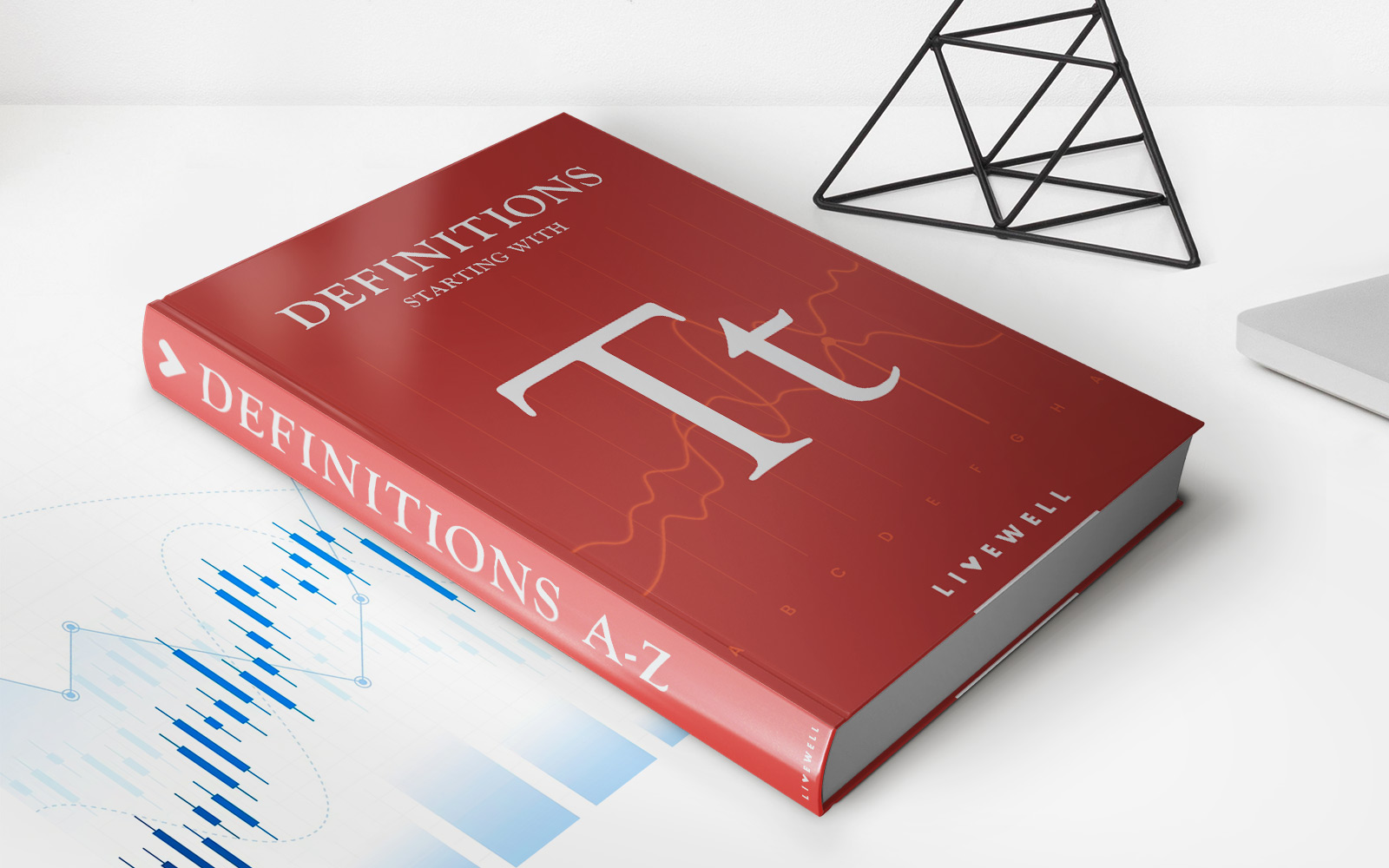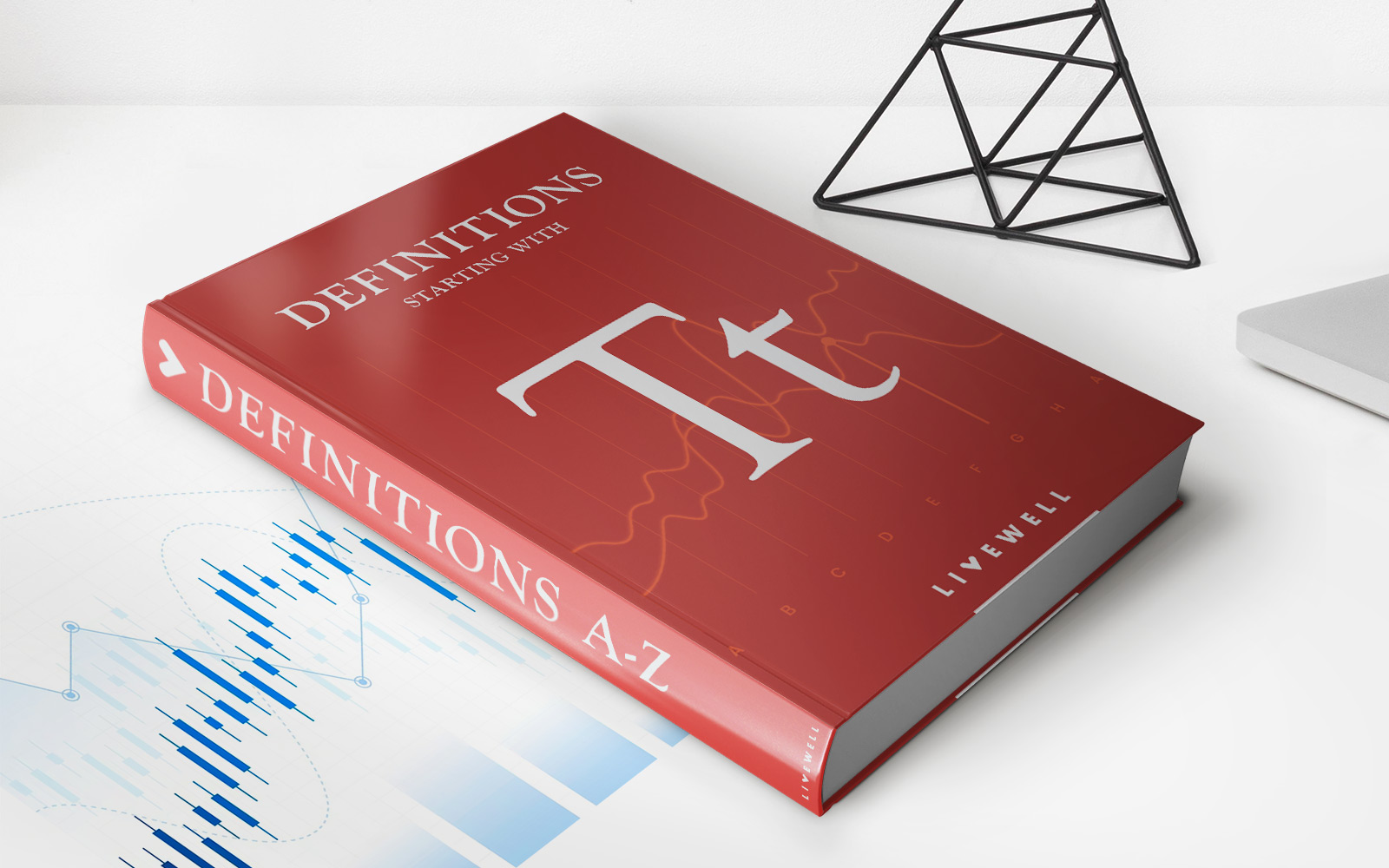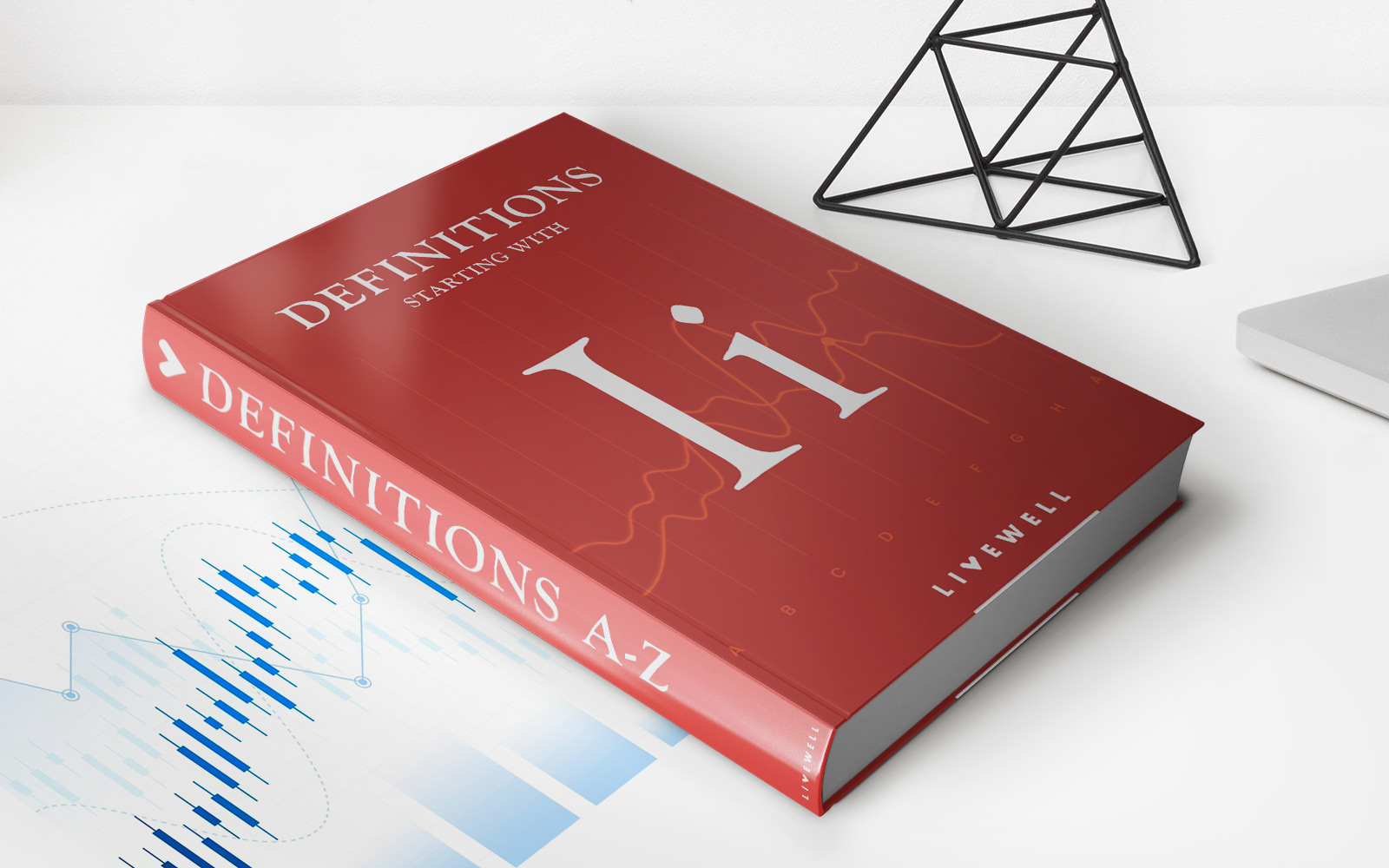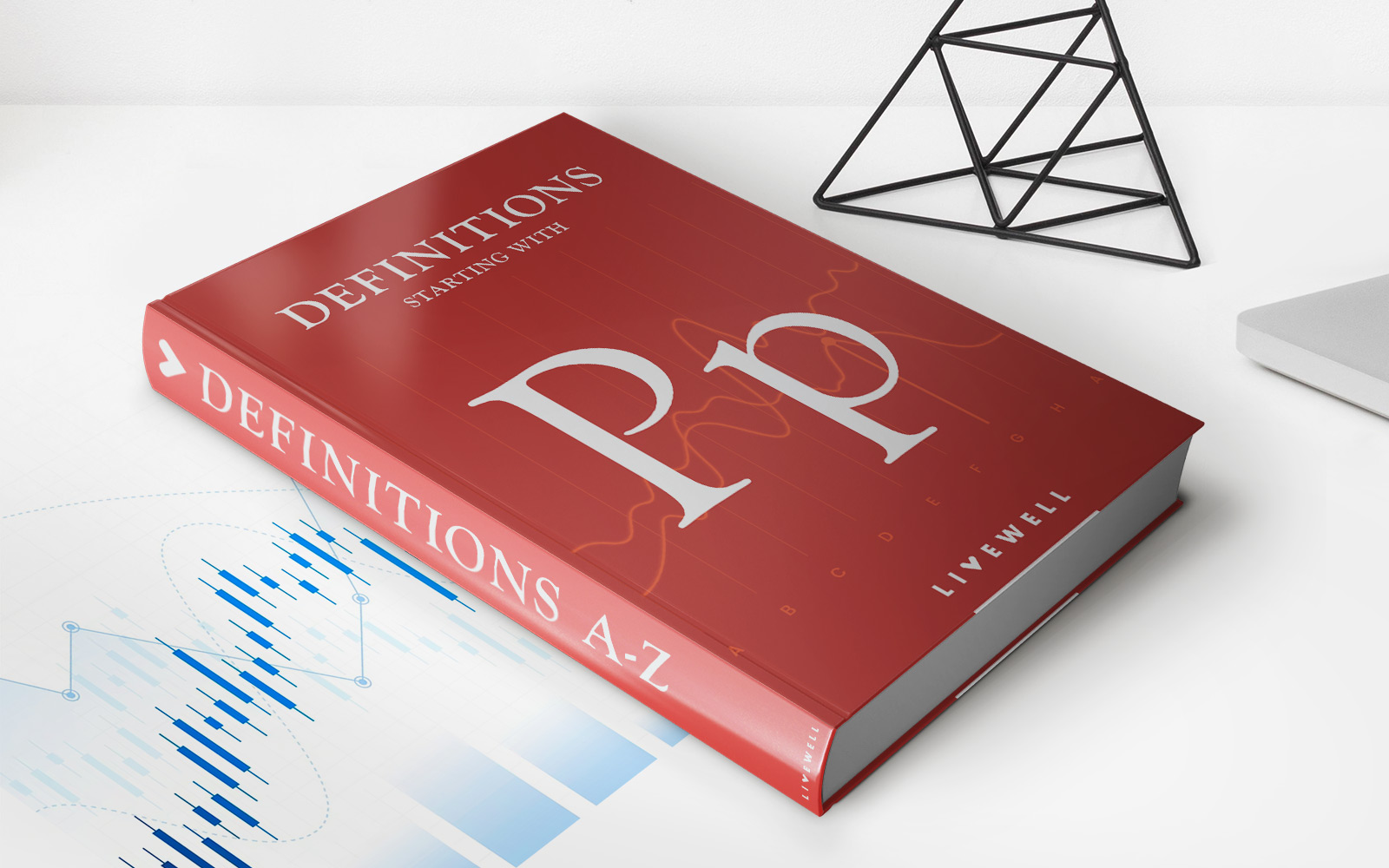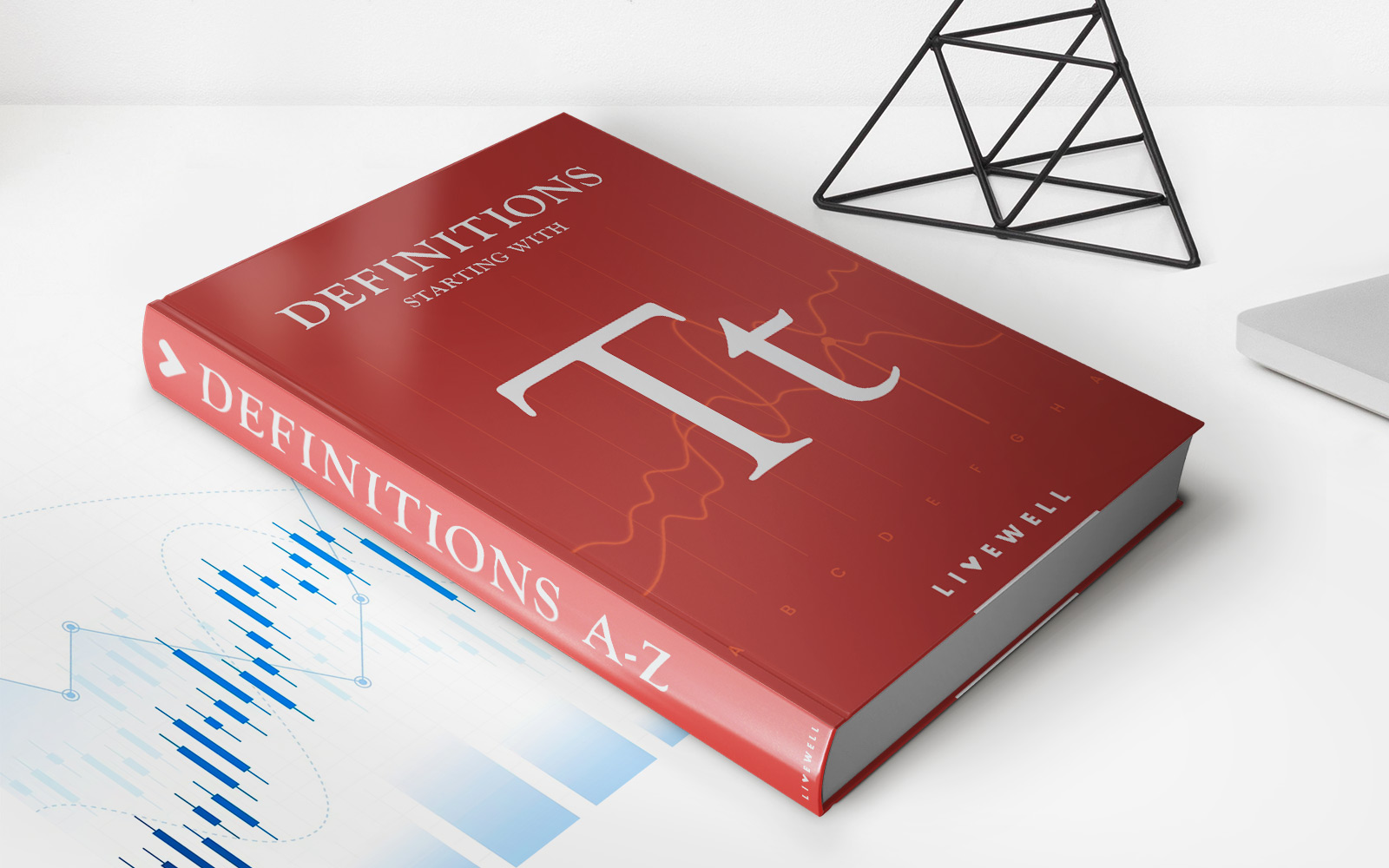

Finance
Triple-Tax-Free Definition
Published: February 11, 2024
Learn the triple-tax-free definition of finance and how it can benefit your investments. Discover the advantages of tax-free income and explore financial opportunities.
(Many of the links in this article redirect to a specific reviewed product. Your purchase of these products through affiliate links helps to generate commission for LiveWell, at no extra cost. Learn more)
Understanding the Triple-Tax-Free Definition in Finance
When it comes to managing our finances, it’s essential to have a solid understanding of various financial concepts and terms. One such term is the Triple-Tax-Free definition, which can have a significant impact on your financial planning. In this blog post, we will dive deeper into this concept and explore its implications. So, what exactly is the Triple-Tax-Free definition?
Key Takeaways:
- The Triple-Tax-Free definition refers to investments or accounts that offer tax-free contributions, tax-free growth, and tax-free withdrawals.
- Some examples of Triple-Tax-Free accounts include Roth IRAs, Health Savings Accounts (HSAs), and some types of municipal bond funds.
The Triple-Tax-Free definition refers to investments or accounts that provide tax advantages in three key ways: tax-free contributions, tax-free growth, and tax-free withdrawals. This powerful combination makes them highly attractive options for individuals looking to maximize their savings and minimize their tax burdens.
Let’s break down the Triple-Tax-Free definition further:
Tax-Free Contributions:
Contributions made to a Triple-Tax-Free account are typically made with after-tax dollars. This means that you have already paid taxes on the money before it goes into the account. However, the advantage lies in the fact that these contributions are not subjected to taxes when you withdraw them.
Tax-Free Growth:
Any growth or earnings generated within a Triple-Tax-Free account is not subject to taxation. This allows your investments to compound over time without the drag of taxes eroding your returns.
Tax-Free Withdrawals:
Perhaps the most enticing aspect of the Triple-Tax-Free definition is the ability to make tax-free withdrawals. When you withdraw funds from a Triple-Tax-Free account, you are not required to pay taxes on the distributions, as long as you follow the specific rules associated with each account type.
Now that we have a clear understanding of the Triple-Tax-Free definition, let’s discuss some examples of Triple-Tax-Free accounts:
- Roth IRAs: Contributions to a Roth IRA are made with after-tax dollars, and any growth or earnings within the account are tax-free. Additionally, qualified withdrawals from Roth IRAs are also tax-free.
- Health Savings Accounts (HSAs): HSAs are designed to help individuals set aside money for qualified medical expenses. Contributions to an HSA are tax-deductible, growth within the account is tax-free, and withdrawals for qualified medical expenses are also tax-free.
- Municipal Bond Funds: Certain types of municipal bond funds offer triple tax benefits. The interest earned on these bonds is typically exempt from federal, state, and local taxes.
It’s important to note that while Triple-Tax-Free accounts can offer significant tax advantages, they may come with certain restrictions and limitations. Additionally, eligibility criteria and contribution limits may vary depending on the specific account type and individual circumstances.
In conclusion, understanding the Triple-Tax-Free definition is vital for anyone looking to make informed financial decisions. By taking advantage of these tax-advantaged accounts, you can potentially save a considerable amount of money over the long term. Whether it be a Roth IRA, HSA, or municipal bond funds, knowledge of these accounts can help you optimize your financial strategies and achieve your goals.
